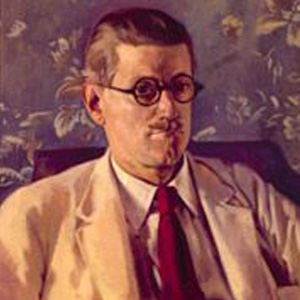This week I’ve been finishing up production on a new 2 part marine science documentary series called ‘Ireland’s Oceans’ These programmes are funded under the Broadcasting Authority of Ireland’s Sound and Vision scheme, which was established to provide funding in support of high quality programmes on Irish culture, heritage and experience, and programmes to improve adult literacy.
The series is essentially a spin off of the Scibernia podcast I worked on, which was an Irish science podcast that we ran for over a year. I worked on Ireland’s Oceans with Scibernia contributors Lenny Antonelli and Triona O’Connell. (Triona’s Science is Delicious blog is well worth a read)
You can listen to part 1 of Ireland Ocean’s online now and you can hear part 2 next week after it’s broadcast on the 28th of Jan on Near FM 90.3 at 16.30.
Ireland has over 1400 km of coastline and 220 million acres of seabed, some of it as deep as 5km. Our seas have weathered our coastlines and shaped our climate. In the distant past the freezing of these oceans created the icecaps that sculpted our land. And when the ice melted, rising seas turned our fragment of north Atlantic rock into an island. Our oceans brought the first settlers to Ireland but later carried millions away.
Despite living on this small island out on the Atlantic we don’t really think of ourselves as an oceanic country and most of us have little connection with the sea. But today Ireland is leading the way in the study of the sea, and our scientists are starting to understand how our oceans work in ever more complex and exciting ways.
Join Lenny Antonelli in this 2 part programme as he follows our marine scientists onto beaches and boats and into the lab to learn about the science of Ireland’s oceans.
Below you will find more information on the research and organisations features in this programme.
Episode One
Dolphin surveying
Strategic Marine Alliance for Research and Training: http://www.smartseaschool.com/
Irish Whale & Dolphin Group: http://www.iwdg.ie/index.php
RV Celtic Mist: http://www.rvcelticmist.ie
Shannon Dolphin and Wildlife Foundation: http://www.shannondolphins.ie
Fish vocalisation
This research is funded by the Irish Research Council: http://www.research.ie
GMIT Marine and Freshwater Research Centre: https://www.gmit.ie/marine-and-freshwater-research-centre-mfrc
Malahide marina field laboratory
UCD Marine Biodiversity Ecology & Evolution Group: http://www.ucd.ie/marbee/
Malahide field laboratory: http://www.ucd.ie/marbee/malahide.html
Microplastics
Micrplastics in the Sea: http://smartseaschool.blogspot.ie/2013/02/microplastics-in-sea-amy-lusher.html









